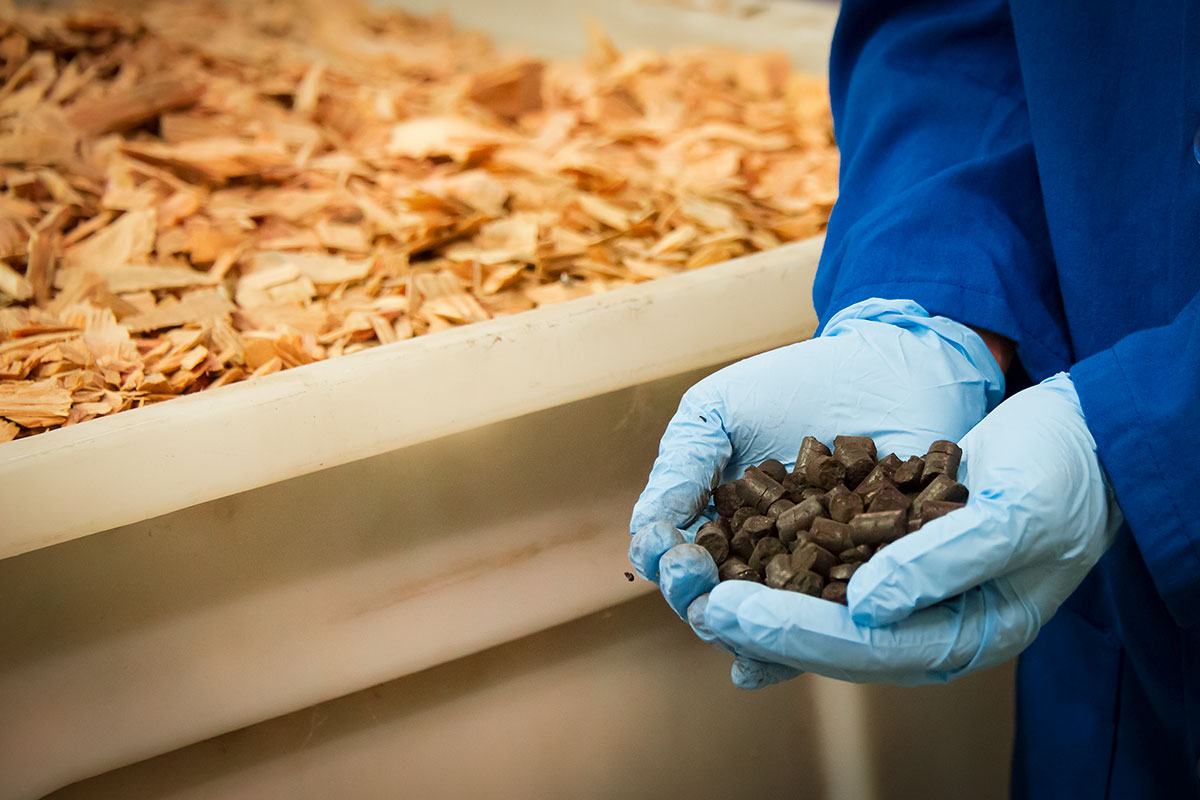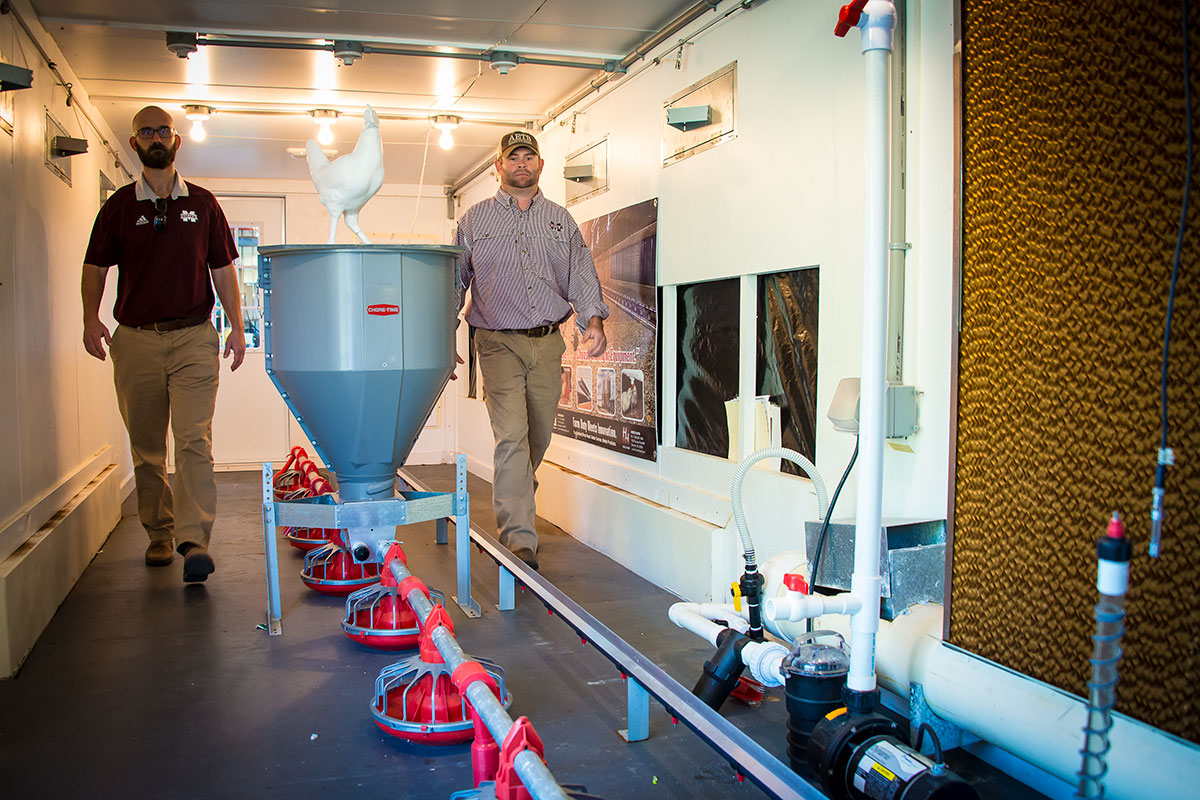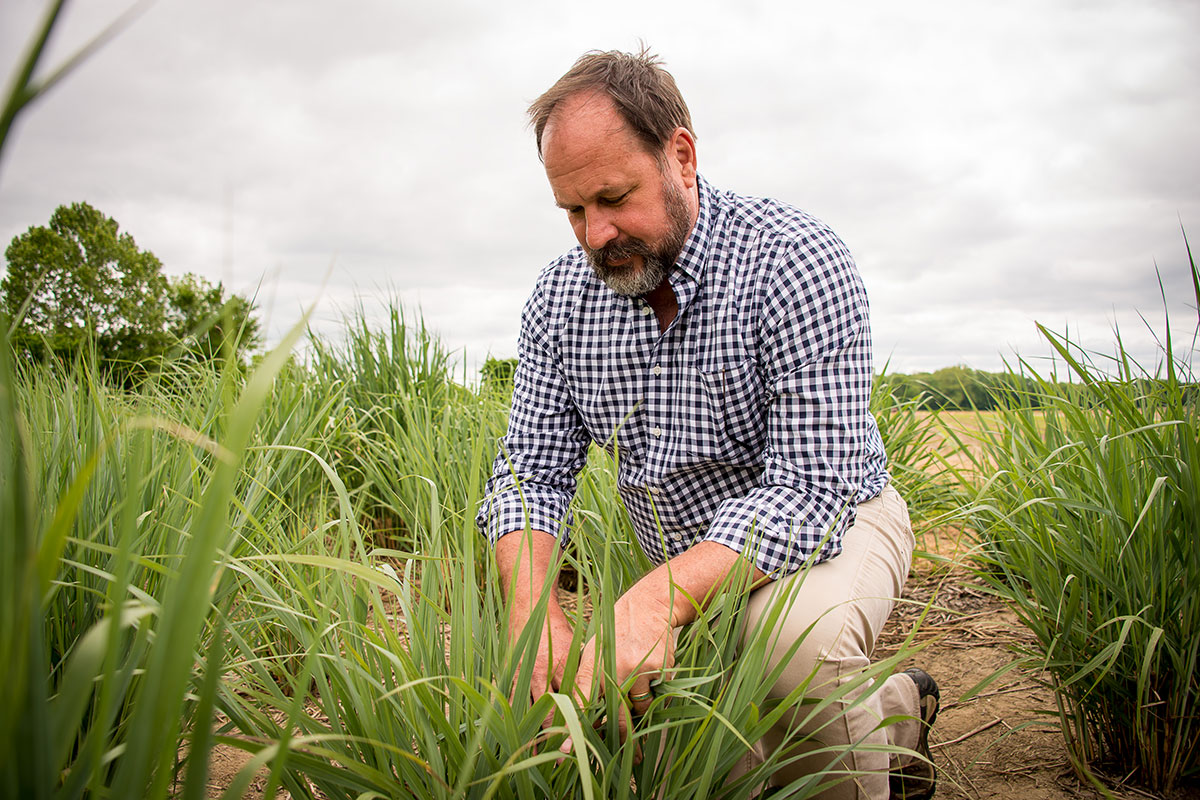Sustainable Energy

An Engine for Energy
As concern over global climate change increases and our supplies of fossil fuels dwindles, MAFES scientists turn to alternative sources of energy. One of the most promising...
Read More

Seal the Housing Envelope
Poultry is big business in Mississippi. In 2016, the state's broiler production value totaled $2.23 billion dollars. A researcher in the Mississippi Agricultural and Forest...
Read More

Shades of Green
The uses of perennial warm-season grasses are as varied as the plants themselves. Applications include poultry bedding, cattle forage, conservation plantings, bioenergy, an...
Read More
